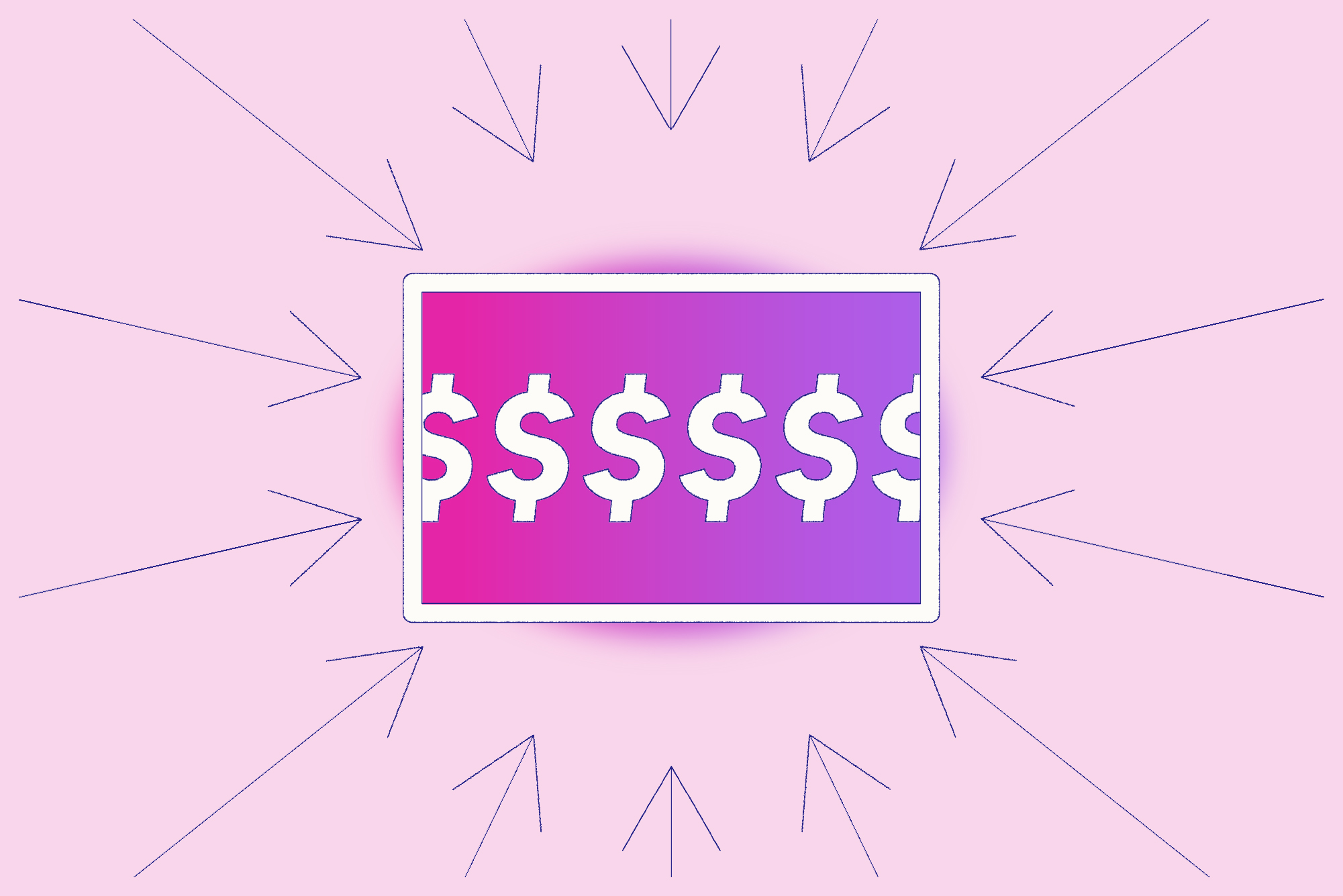Cost avoidance or cost savings—which are you doing?
Keeping a lid on excessive costs and generally making sure that you’re keeping to your budget is a basic tenet of good business practice. Cost control is prudent. But there’s a difference between cost savings and cost avoidance, and understanding that difference is important for procurement teams, the finance department and all business managers.
Cost avoidance is when you take action to stop from incurring a cost, or if you try to reduce an expense. Essentially, it is any proactive step that helps you reduce potential increases in expenses so your organization has less outlay in the future.
Think about a basketball team that puts in its star player in the final quarter of a game even if they know they’re going to lose. That player’s presence could close the gap from 25 points to only 10 points because the coach decided to keep the player on the court. The loss is still recorded, but it is not as large as it would have been had the star player been benched. In a procurement setting, the equivalent is if a supplier intended to raise their prices by 25%, and the CPO negotiated them down to only a 10% increase.
A simple calculation of cost avoidance is subtracting the awarded bid total amount from the average.
It can be challenging to identify cost avoidance strategies on traditional balance sheets — and they may even incur a higher outlay in the short term — but they can be incredibly powerful. In fact, the only time cost avoidance measures hit the balance sheet is when they are not implemented—because the lack of action has resulted in a cost increase.
On the other hand, cost savings are pretty easy to identify and are the number one metric for most procurement teams. They will appear on the budget and in financial statements as a decrease in spending. Put another way, it’s the reduction from last year’s spend for the same item. The simple cash calculation for cost savings is to subtract the new price from the original price.

Two important tools for your procurement team
When it comes to savings or avoidance, procurement departments deal with two basic types of expenditures: Hard costs and soft costs. Hard costs are the purchase of tangible assets. They are the direct expense of purchasing inventory, real estate or equipment. But soft costs — a more intangible and indirect — like accounting services and legal fees.
But whether costs are hard or soft, any savings are considered a hard savings because they can be easily identified on the bottom line. Cost avoidance, on the other hand, is considered a soft saving, because its benefits are harder to identify.
Perhaps the best opportunities for savings come when you are negotiating new contracts, contract renewals, or prices.
Whenever you negotiate a contract or price, you will have an opportunity to reduce overall spend. Yet, procurement leaders can also work with suppliers to avoid costs. They can reduce the risk of price increases — if they know they are coming — by locking in long-term discounts.
Many cost avoidance strategies — changing maintenance schedules to limit work stoppages or improving processes to eliminate the need for more staff, for instance — may be out of the procurement department’s hands. But avoiding potential price increases is a perfect way for procurement teams to contribute to their organization’s cost avoidance efforts. It is crucial to track these opportunities and keep a record of your successes to evidence the team’s contribution to the organization’s overall performance.
Both cost savings and cost avoidance are essential tools in the procurement professional’s toolkit. Each has its place, and it’s important to consider them both when adding value to your organization’s strategy.





